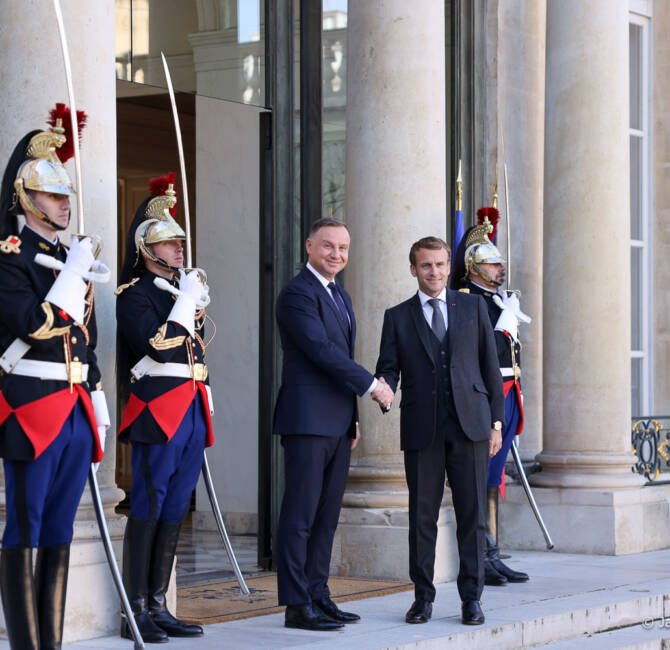Poland – In January, the Statistical Institute of the Polish Catholic Church (ISKK) presented its annual statistical data (Annuarium Statisticum Ecclesiae in Polonia) for the year 2021 . The data shows a significant decrease in attendance in Polish Catholic churches in comparison to recent years.
In 2021, only 28.3% of Polish Catholics regularly attended Sunday Mass, compared to 36.9% in 2019, 38.2% in 2018, and 38.3% in 2017. The 2021 figure was the lowest since 1980, when it was 51%. In 1982, when the Polish Catholic Church was the main opposition force to Communist rule during the state of emergency that had been declared by General Jaruzelski in December 1981, as many as 57% of Polish Catholics were attending Mass every Sunday.
In 2021, the dioceses with the highest Sunday Mass attendance were Tarnów (59.1%), Rzeszów (49.7%), and Przemyśl (46.9%) in the southeast of the country; Drohiczyn (41.0%) in the east; and Kraków (38.5%) in the south. These dioceses are also those where the most students attended catechism classes in school, with those figures reaching 96-97% in the 3 southeastern dioceses mentioned above, where mass attendance is highest.
By contrast, according to the data for 2021, attendance at Sunday Mass is lowest in the dioceses of Szczecin-Kamień (16.9%) and Koszalin-Kołobrzeg (17.5%) in the northeast of the country, Łódź (17,2%) in the centre, Sosnowiec (18.0%) in the south, and Zielona Góra-Gorzów (18.2%) in the west. A notable pattern is also that Mass attendance is significantly below average in large cities.
At the same time, the proportion of Polish Catholics receiving Holy Communion fell to 12.9% in 2021, down from 16.7% in 2019, 17.3% in 2018, and 17.0% in 2017. This figure had risen to 19.4% in 2000 before stabilizing at around 16-17% since then.
However, it must be said that the 2021 survey took place during a period when some Covid-related restrictions were still in place: only half of the pews could be occupied in churches and parishioners had to wear facemasks. This may have had an impact, albeit possibly only a temporary one, on the number of people going to church on Sundays.




